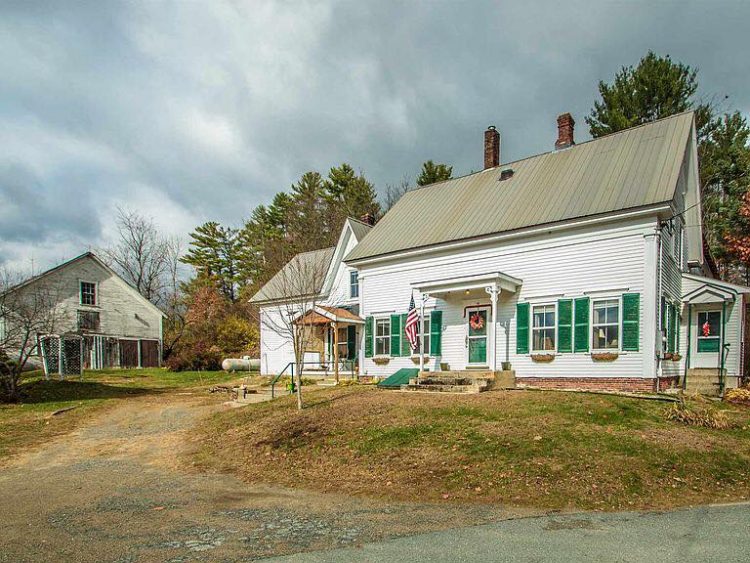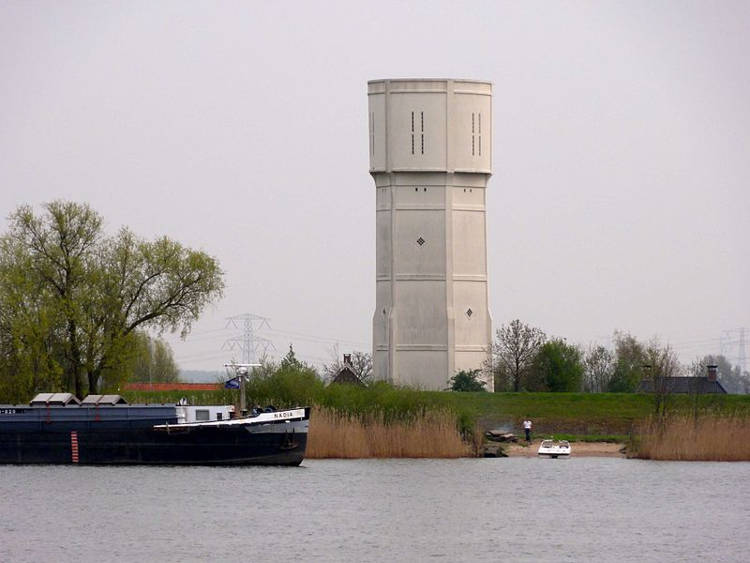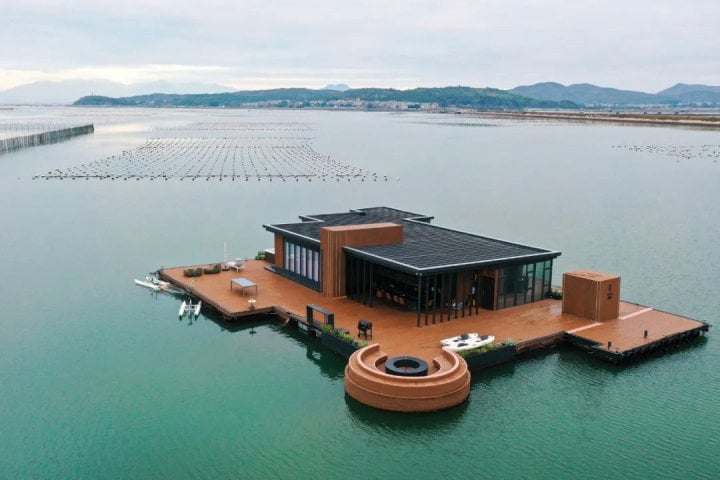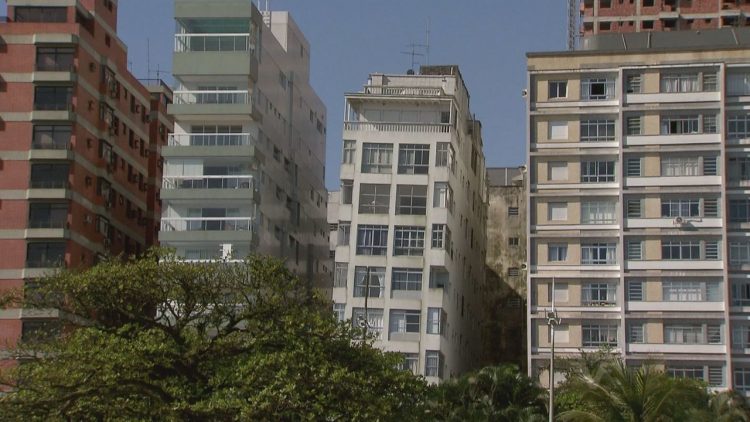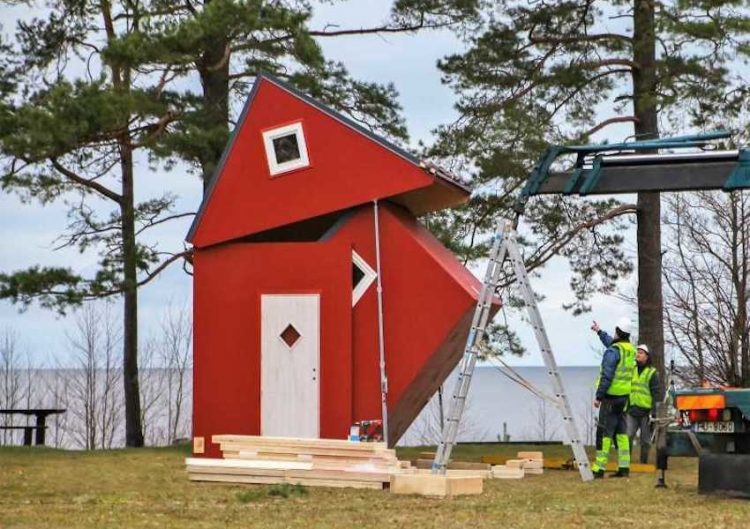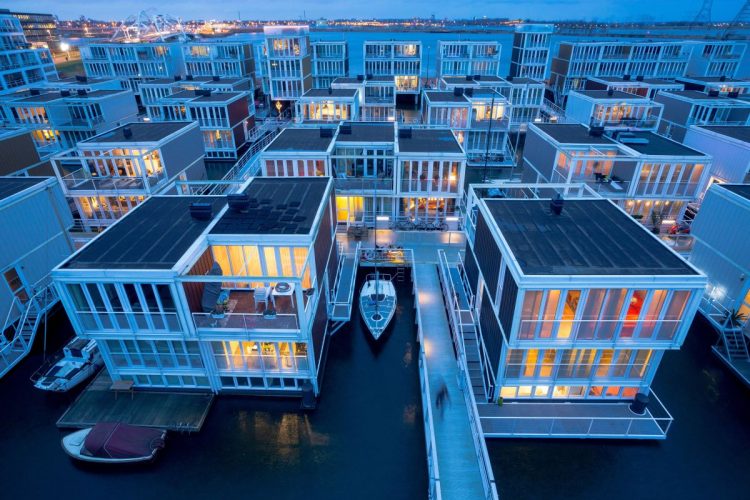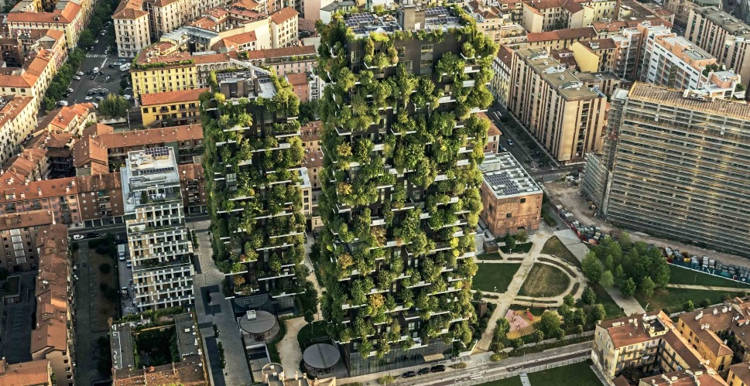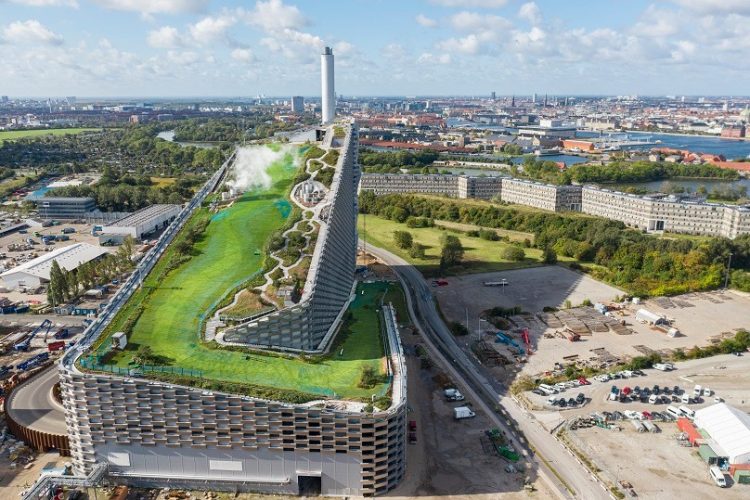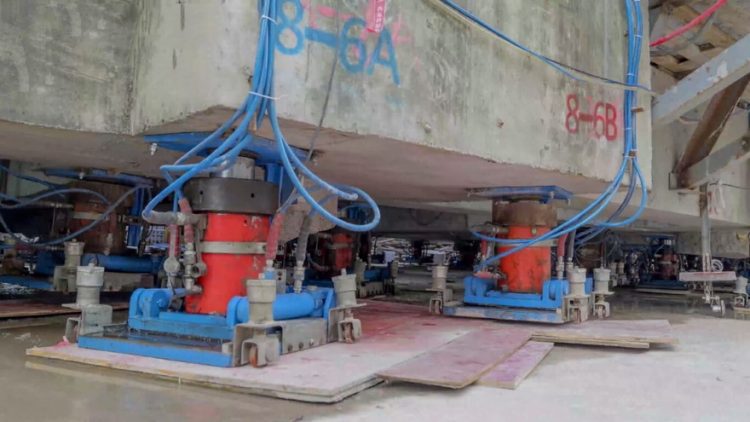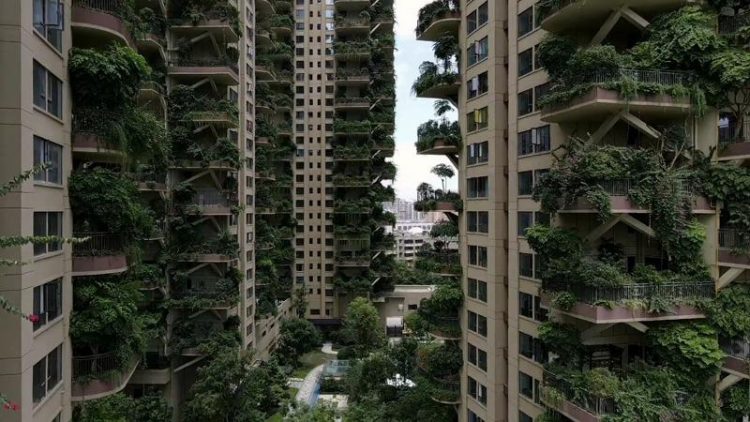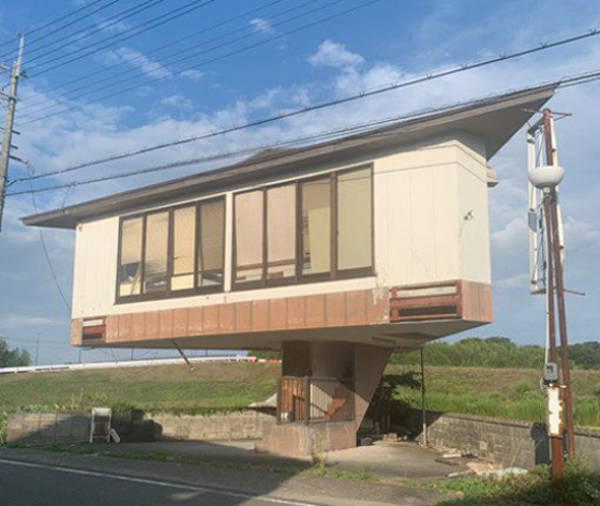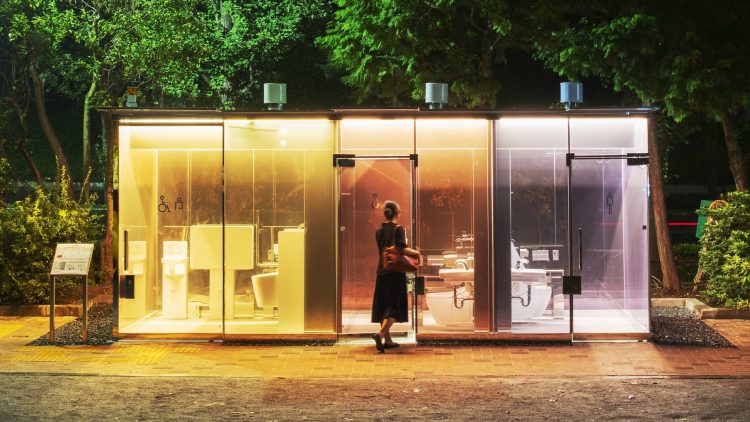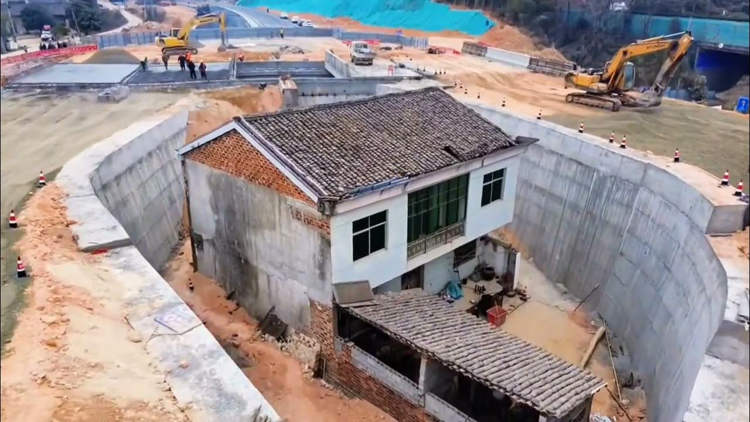If you’re in the market for a unique kind of house, this $149,000 Vermont property may spark your interest. It doesn’t look like anything special from the outside, but it actually comes with its own creepy jail.
Located in Guidhall, a small Vermont town, this 2,190-square-foot white and green home has been listed on online real-estate marketplace Realtor for two months, with an asking price of $149,000. It has four bedrooms, two bathrooms, wood floors and high ceilings, a nice backyard, as well as its own adjacent seven-cell jail. That’s right, an actual jail, the kind where people used to be locked-up in up until a few decades ago. This used to be the town jailer’s home, and even though the property has changed hands several times since then, the jail has remained intact.

